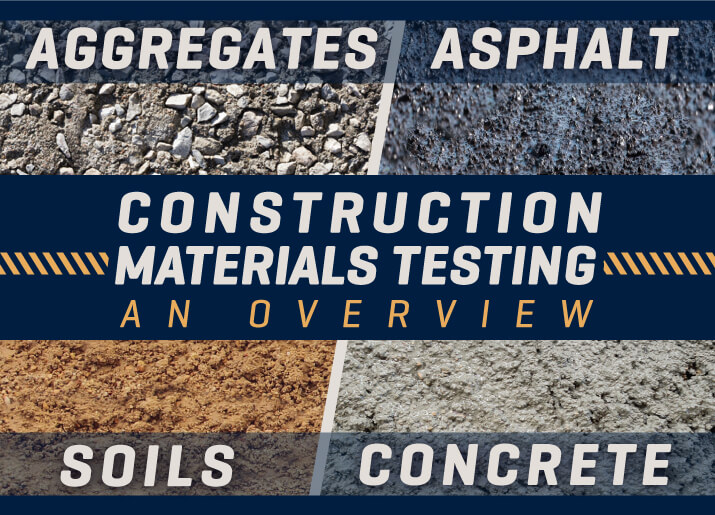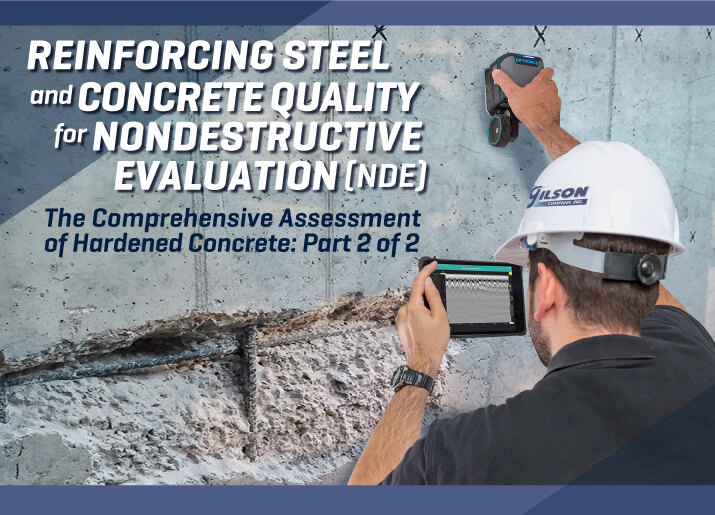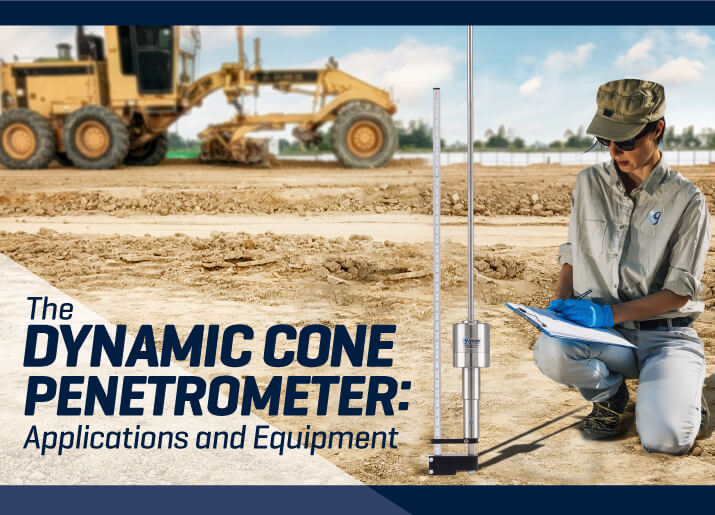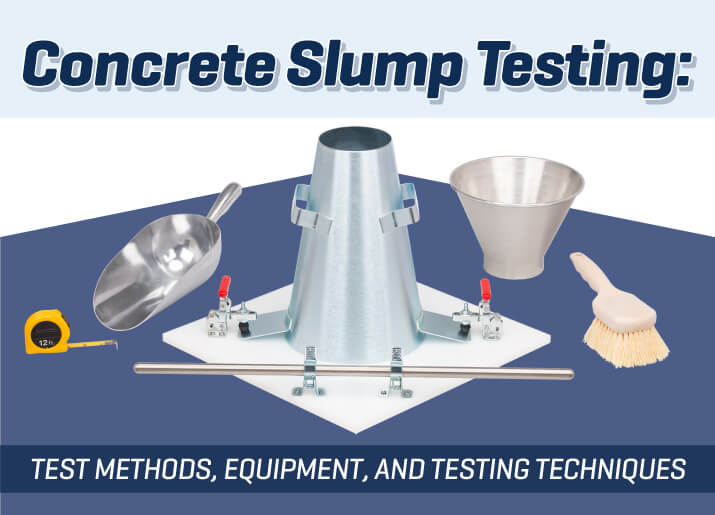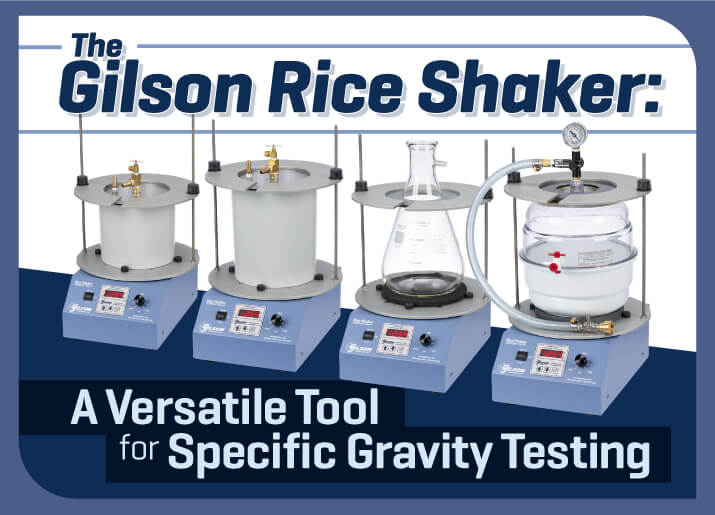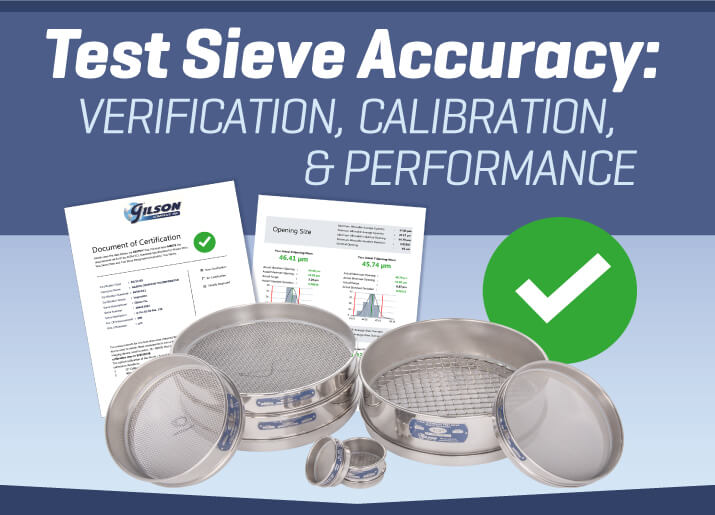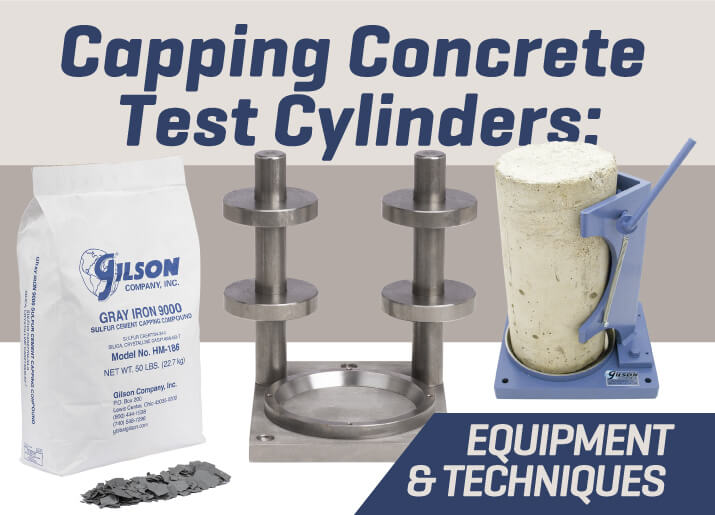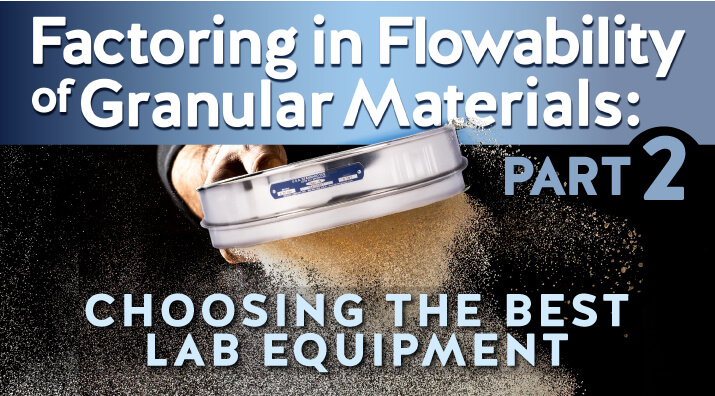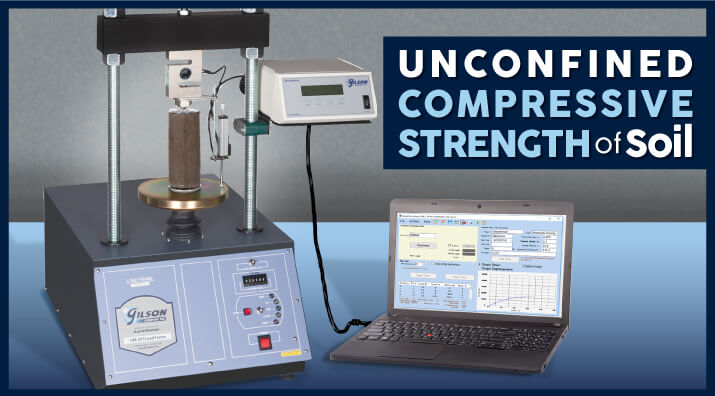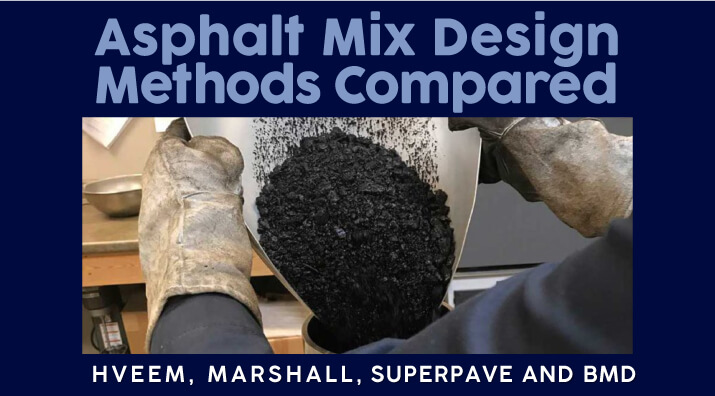The term construction materials testing sounds like a catch-all term for analyzing everything from nails to doorknobs. However, for the civil engineering industry, it has come to mean the characterization of a handful of things by using specific test methods in a construction materials testing laboratory: concrete, aggregates, asphalt, and soils. This blog will take a high-altitude view of what construction materials are, the most important properties to test for, and the right equipment to get the job done.
- Log in
- Favorites List
-
Shopping Cart
You have no items in your shopping cart.
Gilson Insights
Have questions about your materials testing equipment? We have the answers to these questions and much more right here! Check back monthly for long-form blog posts, how-to guides and infographics. We’ll address industry insights, the operation and maintenance of specific equipment, and our product line recommendations, all designed to better serve you.
Bookmark this page, add it to your RSS reader, or subscribe to our newsletter, so you never miss a hot topic.
While Part 1 of this blog series discussed nondestructive concrete testing methods and equipment, Part 2 will cover equipment used to detect location, orientation, and corrosion of reinforcing steel, the effects of moisture, and how to document concrete quality.
The dynamic cone penetrometer (DCP) is an efficient tool used to perform soil strength assessments of fine-grained soils, pavement base courses, and more. Learn about the advantages of this tool compared to other penetration testing methods and how to perform penetration tests using the dynamic cone penetrometer.
Concrete slump testing is the most common test performed on fresh concrete for any application. It is a significant factor when evaluating a concrete batch's compliance with the approved mix design and an eleventh-hour check of its suitability for placement. For this post, we focus on the slump test, how to perform it properly, and the best testing equipment to use.
If you regularly perform asphalt theoretical maximum specific gravity (Rice) tests, the Gilson Rice Shaker is a time-saving tool to have in your lab. Find out why this unit is the key to determining accurate specific gravity determinations for asphalt, aggregates, and soils.
Verification, calibration, and performance tests all contribute to the accuracy of test sieves. Understanding sieve accuracy will ensure you get the information you need out of your test sieves or screen trays.
The two most popular types of end treatment for cylindrical concrete specimens are sulfur mortar capping and neoprene compression pads. Both have their advantages. Neoprene pads are convenient and reusable many times over. Sulfur mortar is economical when testing large numbers of cylinders, and is often the preferred end treatment for cylinders because of its long history of use. Reliable strength results and consistent display of fracture patterns are predictable and well understood. In this article, we go over the equipment and techniques used for sulfur mortar capping.
Test methods for dry granular materials must be built around the flowability of the material. No sampling, sizing, or handling method can be performed accurately or efficiently if it does not work in harmony with the material's flow properties.
Unconfined compressive strength is a standard geotechnical test performed on cohesive soil samples in construction materials testing laboratories. Straightforward sample preparation and a rapid, uncomplicated procedure makes unconfined compression tests cost-effective when fundamental strength values are adequate for design.
The list of essential ingredients for hot mix asphalt is exceedingly short for a composite material with such complex characteristics: asphaltic cement and mineral aggregates. Modern, flexible pavements with different mix designs are simply variations in the properties and ratios of the essential ingredients and adjustments to temperatures, handling, and placement methods. This article is an overview of past and present asphalt mix design methods and equipment, including Hveem, Marshall, Superpave, and Balanced Mix Design (BMD).
- 2026
- 2025
- 2024
- 2023
- 2022
- 2021
- 2020
- 2019
- 2018
- 2017
- 2016
- 2015
















